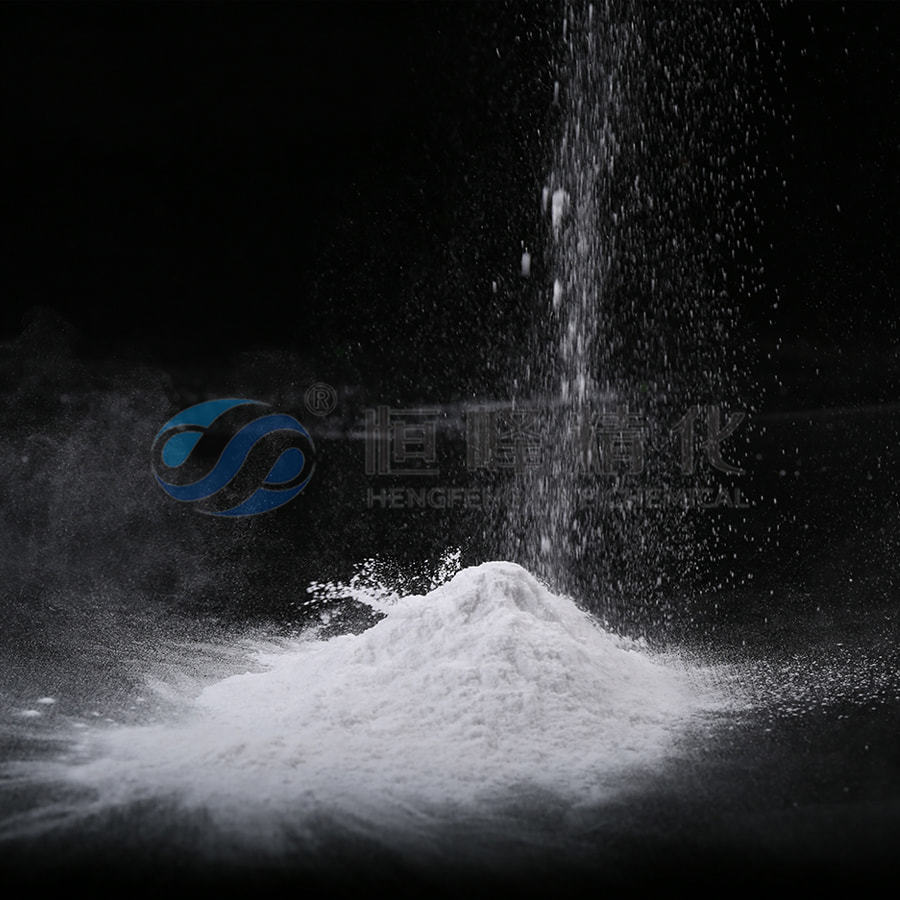What are the protocols for dealing with spills or accidental releases of APAM in work environments?
Anionic Polyacrylamide Powder (APAM) is widely used in industries such as oil recovery, wastewater treatment, mining, and papermaking, due to its highly effective properties as a flocculant and water treatment agent. Its ability to improve solid-liquid separation processes and enhance oil recovery has made it indispensable in modern industrial operations. However, as with any chemical substance, the handling and management of APAM require strict protocols, especially in cases of spills or accidental releases in work environments. Understanding how to manage such situations is crucial for maintaining safety, environmental protection, and compliance with regulatory standards.
When dealing with spills or accidental releases of APAM, it is essential to first assess the potential hazards associated with the substance. Though APAM itself is considered to have low toxicity, it can pose risks to the environment if mishandled, particularly in aquatic ecosystems where it may interfere with the natural sedimentation processes. Therefore, any accidental release should be addressed swiftly to prevent environmental contamination or workplace hazards.
The initial step in managing a spill is to contain the material. APAM, particularly in its powder form, can become slippery when it comes into contact with water, creating a physical hazard. Workers should immediately cordon off the area and prevent foot or vehicle traffic to avoid accidents. In the case of a dry spill, the powder should be carefully swept up, and the use of a vacuum designed for fine particles is recommended to minimize airborne dust. It is important to wear appropriate personal protective equipment (PPE) during this process, including gloves, goggles, and dust masks, to prevent direct contact with the skin, eyes, or respiratory system.
If APAM has already mixed with water and created a gel-like substance, containment becomes more challenging. The gel can be slippery and difficult to handle, so it is crucial to absorb as much of the material as possible using inert absorbents like sand, sawdust, or commercially available absorbent pads. Once absorbed, the material should be carefully shoveled into suitable waste containers for proper disposal. In many jurisdictions, contaminated APAM must be treated as chemical waste, so it is important to follow local environmental regulations regarding its disposal. Depending on the scale of the spill, professionals trained in chemical waste management may be needed to oversee the cleanup and ensure that the material is disposed of in compliance with hazardous waste laws.

Preventing APAM from entering drains or water bodies is a critical priority during spill management. As a polymer, APAM can expand and cause blockages in drainage systems, leading to costly repairs and environmental damage. If the spill occurs near waterways, immediate measures should be taken to prevent the polymer from reaching these sensitive areas. The use of temporary barriers, booms, or drain covers can be effective in containing the spill. In cases where the polymer has already entered the water system, authorities may need to be notified so that proper remediation techniques can be implemented.
In addition to these immediate response actions, it is also essential to investigate the root cause of the spill to prevent future incidents. Regular training for employees on the safe handling of APAM, proper storage practices, and spill response procedures is a key component of any industrial operation that uses this chemical. Safe storage conditions, such as keeping APAM in sealed, moisture-proof containers and storing it away from sources of water, are crucial for preventing accidental release. Moreover, industries should have well-developed spill response plans that include clear protocols for containment, cleanup, disposal, and environmental protection.
Dealing with spills or accidental releases of Anionic Polyacrylamide Powder requires a comprehensive approach focused on immediate containment, proper cleanup, and disposal, as well as preventive measures to avoid future incidents. While APAM is a low-toxicity chemical, its potential environmental impact—particularly in water—calls for responsible management. Ensuring that workers are trained and that appropriate equipment is available are critical to mitigating the risks associated with APAM spills, thereby safeguarding both human health and the environment.


 English
English Español
Español عربى
عربى Русский
Русский Tiếng Việt
Tiếng Việt
















